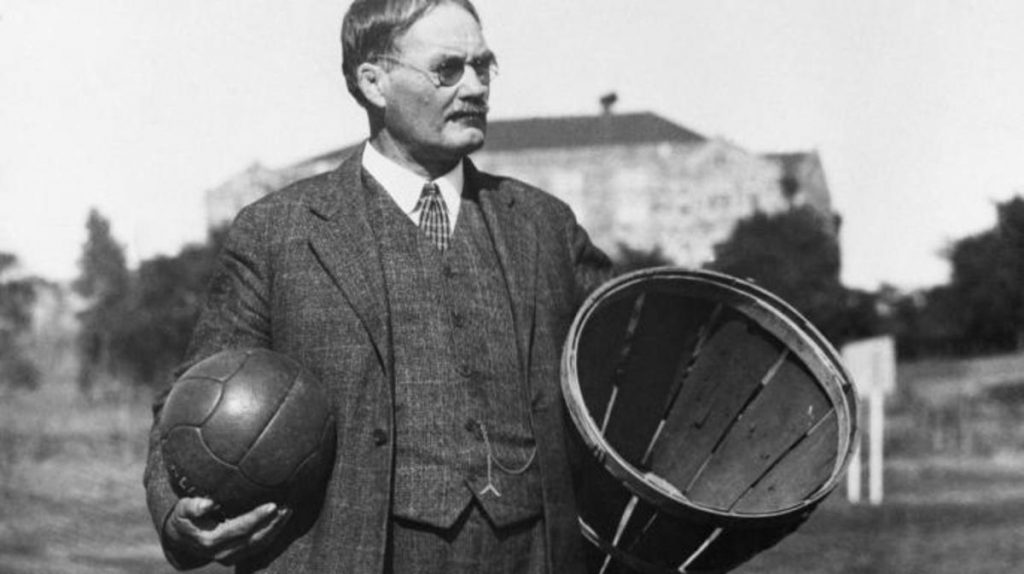Basketball is one of the most popular and widely played sports in the world today. Originating in the United States in the late 19th century, it has grown to become a global phenomenon with millions of fans and players across the globe. In this article, we will explore the history of basketball and its evolution into the sport we know and love today.
Origins of the sport
The origins of the sport can be traced back to December 1891, when Canadian physical education instructor James Naismith was tasked with creating a new indoor game to be played during the winter months. Naismith was teaching at the International YMCA Training School in Springfield, Massachusetts, and he was looking for a way to keep his students active and engaged during the long, cold winter months. He drew inspiration from a variety of sports, including soccer, American football, and rugby, and used a peach basket as a makeshift hoop to create a new game that would later become known as basketball.
Naismith wrote down the rules for the game and hung them on the gymnasium wall. The game consisted of two teams of nine players each, and the objective was to throw a ball into a basket that was placed 10 feet above the ground. The first game was played on December 21, 1891, and it was an instant hit among Naismith’s students. Over the next few years, the game of basketball spread rapidly across the United States and beyond, and by the early 20th century, it had become a widely played sport.

The growth of basketball
As the sport grew in popularity, new rules and regulations were introduced to standardise the game and make it more accessible to a wider audience. In 1895, the first official set of rules for the game of basketball was published, and by the early 1900s, organised leagues and tournaments had begun to emerge. In 1936, the first Olympic basketball tournament was held, and it has been a staple of the Summer Olympics ever since.
One of the key factors that contributed to the rapid growth of basketball was its accessibility. Unlike many other sports, basketball requires very little equipment, making it an attractive option for people of all ages and abilities. This has been particularly true in the United States, where basketball has been used as a way for people from all walks of life to come together and compete in a fun and engaging sport.
Another key factor in the growth of basketball has been its ability to evolve and adapt to changing cultural and social trends. Over the years, the game has undergone many changes, including the introduction of new rules, the introduction of new technologies and equipment, and the growth of professional leagues. In the late 1950s and 1960s, the National Basketball Association (NBA) emerged as a major professional league, and it has continued to grow and evolve into one of the most popular sports leagues in the world today.
The popularity of basketball has also been helped by the emergence of some of the greatest players of all time. From Wilt Chamberlain and Bill Russell in the 1960s to Michael Jordan and Kobe Bryant in the 1990s and 2000s, the sport has been graced by some of the most talented athletes in history. These players have inspired countless others to take up the sport and continue to push the limits of what is possible on the court.

Closing thoughts
In conclusion, the history of basketball is a story of innovation, evolution, and growth. From its humble beginnings as a simple indoor game, basketball has grown to become one of the most popular and widely played sports in the world today. With millions of fans and players across the globe, it is a testament to the enduring appeal and versatility of the sport and its ability to adapt and grow in response to changing cultural and social trends. Whether you are a casual fan or a passionate player, the history of basketball is
For even more content like this, check out our Basketball section.






Trackbacks/Pingbacks